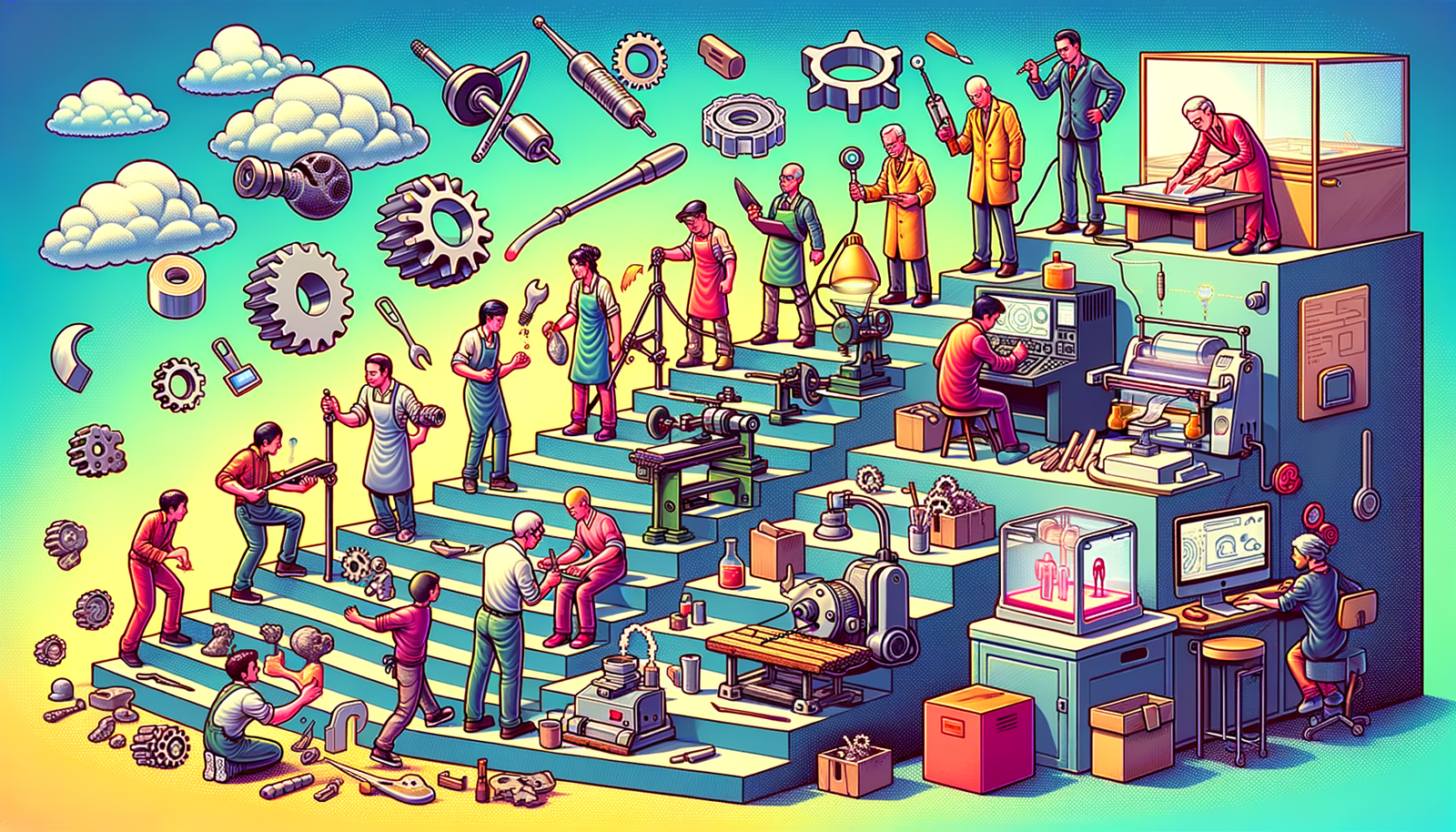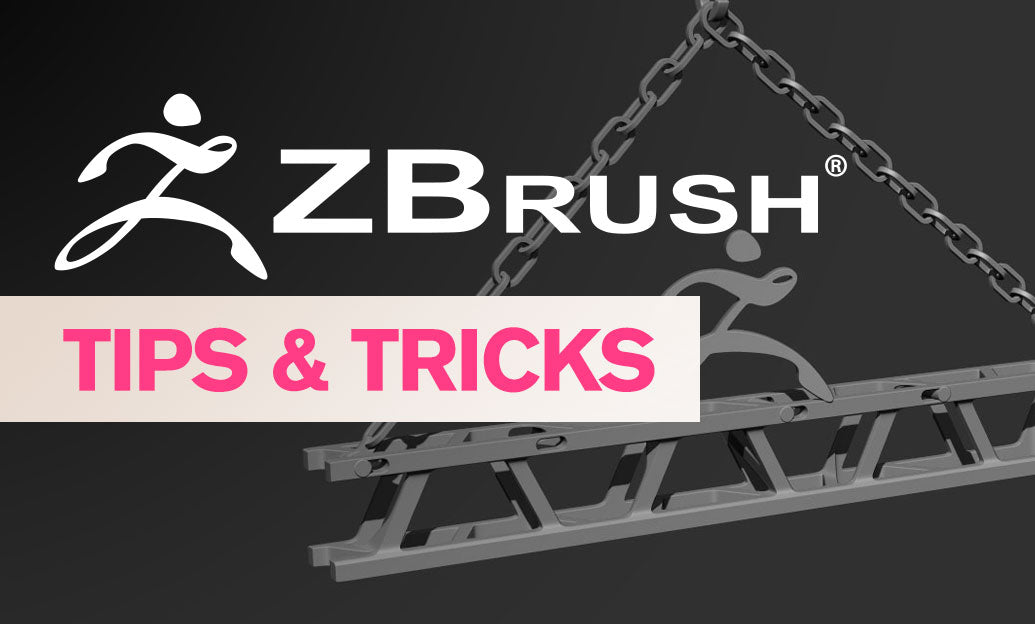Your Cart is Empty
Rapid prototyping stands as a pivotal methodology in the realm of modern design and manufacturing, allowing ideas to transition seamlessly into tangible prototypes with unprecedented speed. In the ever-evolving landscape of product development, the ability to swiftly move from concept to physical model is not just advantageous but essential. Rapid prototyping encompasses a variety of techniques and technologies, each contributing uniquely to the reduction of time and cost in the design process while enhancing flexibility and fostering innovation.
Key Techniques and Tools in Rapid Prototyping
In the diverse toolkit of rapid prototyping, several techniques and tools stand out for their effectiveness and widespread application:
- 3D Printing: Encompassing technologies such as Stereolithography (SLA), Selective Laser Sintering (SLS), and Fused Deposition Modeling (FDM), 3D printing offers versatility in application, from creating complex geometries to iterative testing of functional prototypes.
- CNC Machining: Complementing additive manufacturing, CNC machining provides precision in subtractive processes, ideal for materials and finishes that are challenging for 3D printing.
- Laser Cutting & Engraving: For rapid prototyping involving sheet materials, laser cutting and engraving offer unrivaled speed and accuracy, crucial for detailed components and fine features.
- Software Tools: The backbone of modern prototyping, software such as Computer-Aided Design (CAD) programs and slicing software, facilitate the creation of digital models that are ready for rapid prototyping, streamlining the design-to-production workflow.
Benefits of Rapid Prototyping in Product Development
Rapid prototyping injects a dynamic pace into the product development process, with key benefits that include:
- Speed: Accelerating the timeline from concept to prototype allows teams to test and refine ideas quickly.
- Cost-Effectiveness: Reducing the reliance on expensive tooling and minimizing waste leads to significant savings across the prototyping phase.
- Flexibility: The ability to iterate designs based on testing and feedback without incurring prohibitive costs or delays empowers designers to explore and innovate.
- Innovation: Rapid prototyping supports a culture of creativity, enabling the exploration of more design variations and the discovery of unique solutions.
Challenges and Considerations in Rapid Prototyping
While rapid prototyping offers numerous advantages, it also presents challenges that require careful consideration:
- Material Limitations: The choice of materials for rapid prototyping can impact the fidelity and functionality of prototypes, necessitating a thorough understanding of material properties.
- Accuracy and Resolution: The detail achievable in a prototype is often a balance between the capabilities of rapid prototyping technologies and the desired outcome, with trade-offs in resolution and accuracy.
- Intellectual Property Concerns: The ease of creating prototypes can lead to potential exposure of new designs, highlighting the need for strategic management of intellectual property.
- Future Trends: The field of rapid prototyping is continuously evolving, with emerging technologies like advanced material science and AI-driven design software promising to revolutionize the prototyping process through enhanced efficiency and precision.







